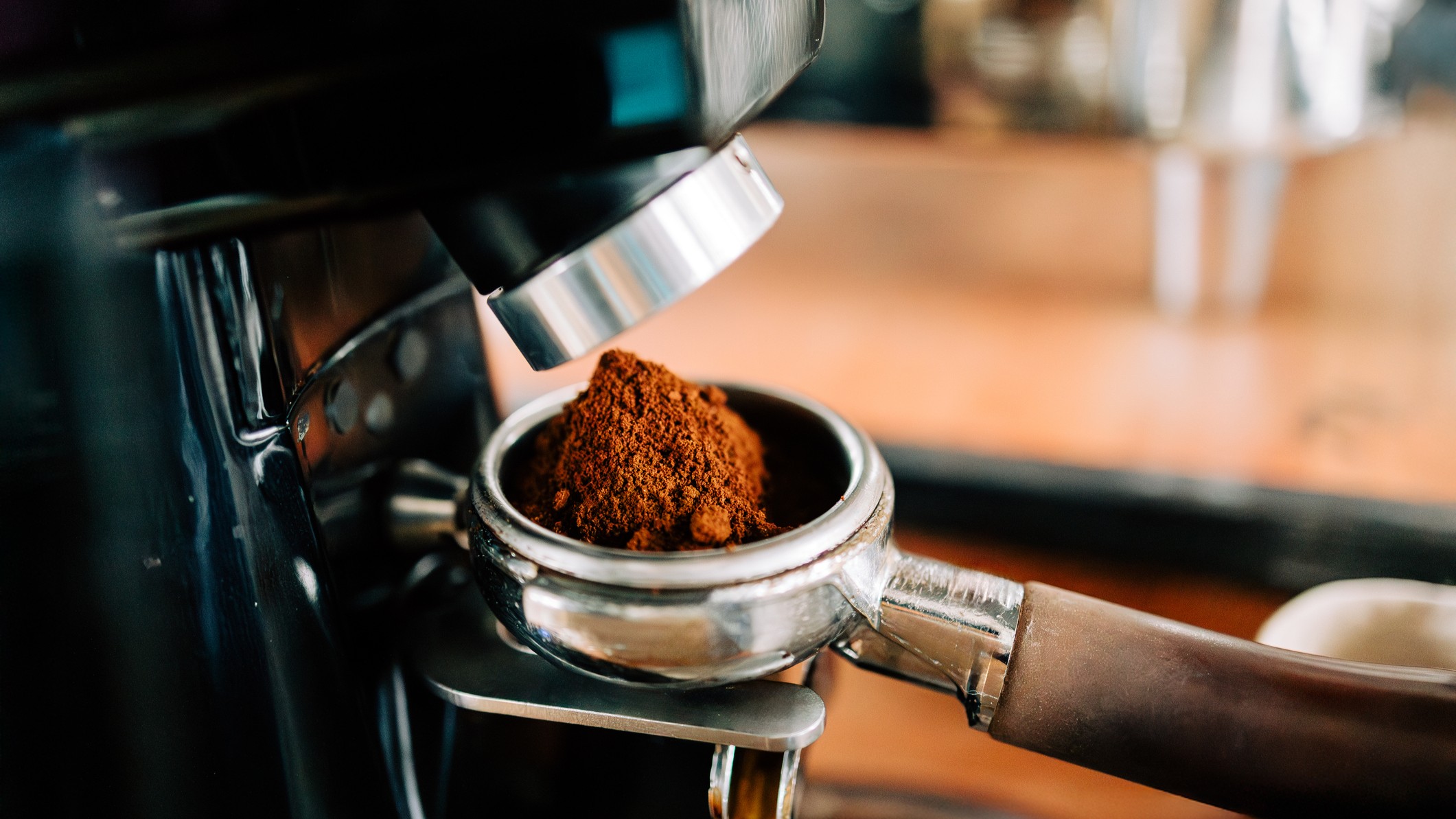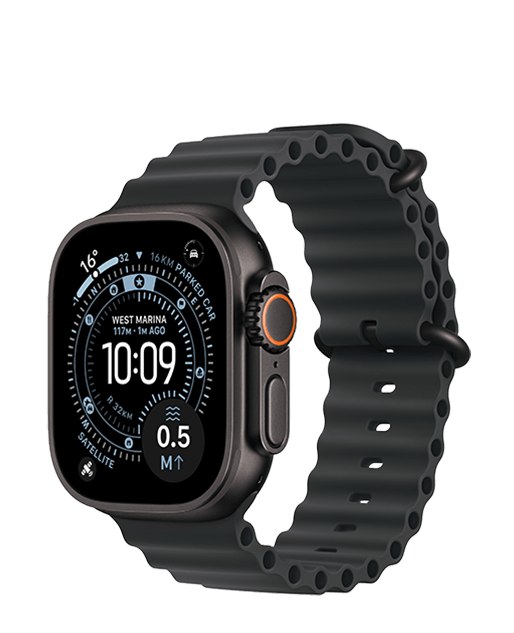5 ways to manage hypertension or high blood pressure, according to science
A notification from your Apple Watch is just the start

Hypertension – A.K.A high blood pressure – is one of the biggest drivers of heart disease, strokes and kidney problems, yet it often develops with no obvious symptoms. That makes it easy to miss until it becomes serious, which is why we’ve been paying close attention to Apple Watch’s new hypertension-detection feature.
The tool works passively in the background of the best Apple watches (Series 9 and up), using an optical heart-rate sensor to analyse data and spot patterns that may point to raised blood pressure. It’s not a cuff-based reading or a medical diagnosis, but it can alert you to changes you might otherwise overlook and prompt you to speak with your doctor.
Once you know how Apple Watch's hypertension feature actually works, it’s easy to see how it can help. But detecting a rise in blood pressure is only the starting point. Managing hypertension relies heavily on day-to-day lifestyle choices – and several science-backed habits have been shown to meaningfully support healthier blood pressure, alongside medical guidance.
Here are five practical habits that can help your heart beat at its best.
1. Maintain a healthy weight

Carrying excess weight usually means that your heart has to work harder, straining to pump blood through more tissue. The Framingham Offspring Study found that 65–78% of new hypertension cases were attributable to excess body fat.
The good news is you don’t need dramatic weight loss to make a difference – the American Heart Association (AHA) recommends aiming for just 5%. So, if you weigh 180 pounds, losing nine can make a measurable difference. Focus on habits you can sustain over time, like regular walking, which helps with both weight management and stress reduction – another known contributor to hypertension.The best under-desk treadmills can help by offering an indoor alternative to walking outside.
2. Cut back on salt

Reducing salt is one of the fastest ways to reduce hypertension. The AHA recommends 1,500mg of sodium per day, yet packaged foods, sauces and bread can quickly push you over. Salt causes water retention, which increases blood volume and the pressure on your blood vessel walls as a result.
Sign up for breaking news, reviews, opinion, top tech deals, and more.
Focus on cutting back processed foods and use herbs, spices and citrus to flavour meals instead. Apps like MyFitnessPal and Samsung Health are useful for providing a breakdown of your food’s salt content via the barcode scan feature.
3. Keep caffeine and alcohol in check

You don’t need to cut caffeine or alcohol out completely, but too much of either is a known cause of hypertension. Caffeine triggers a short-term spike, while regular drinking can elevate blood pressure over time. A 2021 review showed that blood pressure rises in a dose-dependent way with alcohol – the more you drink, the more your numbers tend to climb.
Most guidelines recommend no more than one drink per day for women and two for men. Try keeping alcohol within these limits, and switch your regular coffee to decaf in the afternoon. The best smartwatches and smart rings are great for spotting short-term heart rate bumps after a drink or strong coffee, making it easier to see how your body responds.
4. Improve your quality of sleep

Poor sleep raises stress hormones like cortisol, which can keep your blood vessels tighter than they should be and drive blood pressure up over time. Aim for a consistent 7–9 hours of quality rest to curb this trend.
The best sleep trackers make it easier to monitor your patterns. Many will flag disruptions or elevated overnight heart rate, helping you identify habits – like late caffeine or screen time – that might be affecting your sleep.
5. Manage stress levels

Just like a lack of sleep, chronic stress keeps your body in a low-level “fight or flight” state, releasing cortisol and constricting blood vessels as a result. The good news is, research has shown that mindfulness-based interventions play a positive role in hypertension management – proof that stress-reducing habits can make a difference.
Try 5–10 minutes of deep breathing, stretching or a short walk each day. Most wearables now include guided breathing sessions or HRV-based stress alerts, making it easier to build these habits into your routine.
Follow TechRadar on Google News and add us as a preferred source to get our expert news, reviews, and opinion in your feeds. Make sure to click the Follow button!
And of course you can also follow TechRadar on TikTok for news, reviews, unboxings in video form, and get regular updates from us on WhatsApp too.

➡️ Read our full guide to the best Apple Watches
1. Best overall:
Apple Watch Ultra 3
2. Best cheap:
Apple Watch SE 3
3. Best for most people:
Apple Watch Series 11
Katie Sims is a freelance journalist who writes about a variety of topics for publications including Marie Claire, Woman&Home, Who What Wear, and Ideal Home. She graduated with a Master's in Media and Journalism in 2021 and has been writing engaging digital content ever since. Her biggest passion is all things health and wellness, and she's tested fitness devices, workout methods, and nutritional advice to see what can help her (and others) feel good from the inside out. When she's not writing health and wellness content, she'll either be on a long walk, at a Pilates class, or tackling her long list of books to read.
You must confirm your public display name before commenting
Please logout and then login again, you will then be prompted to enter your display name.